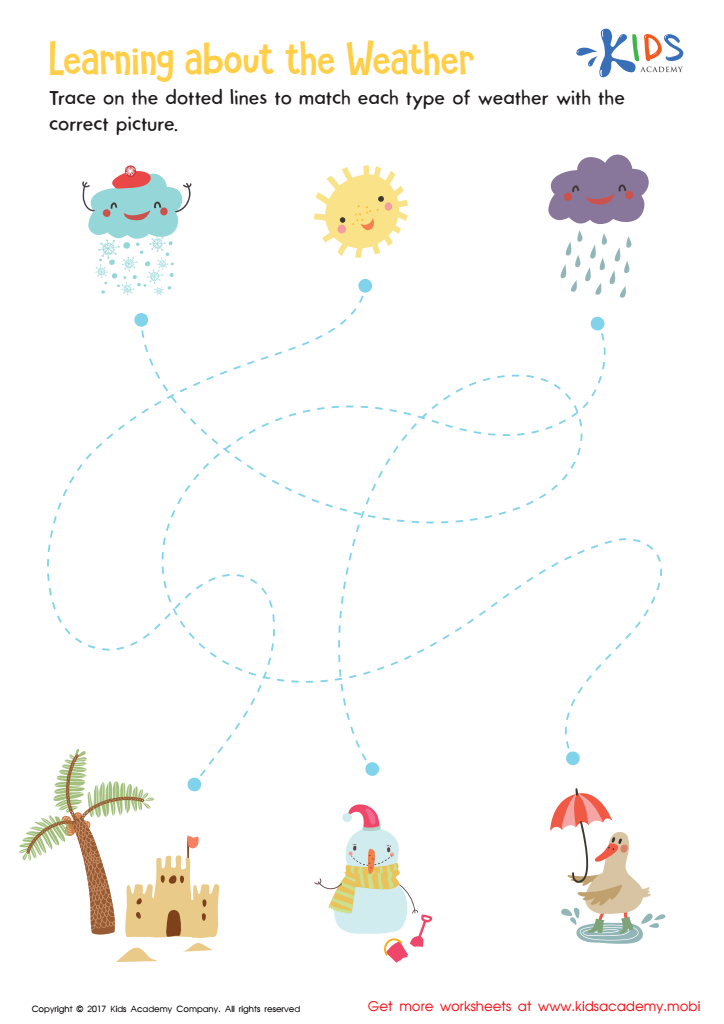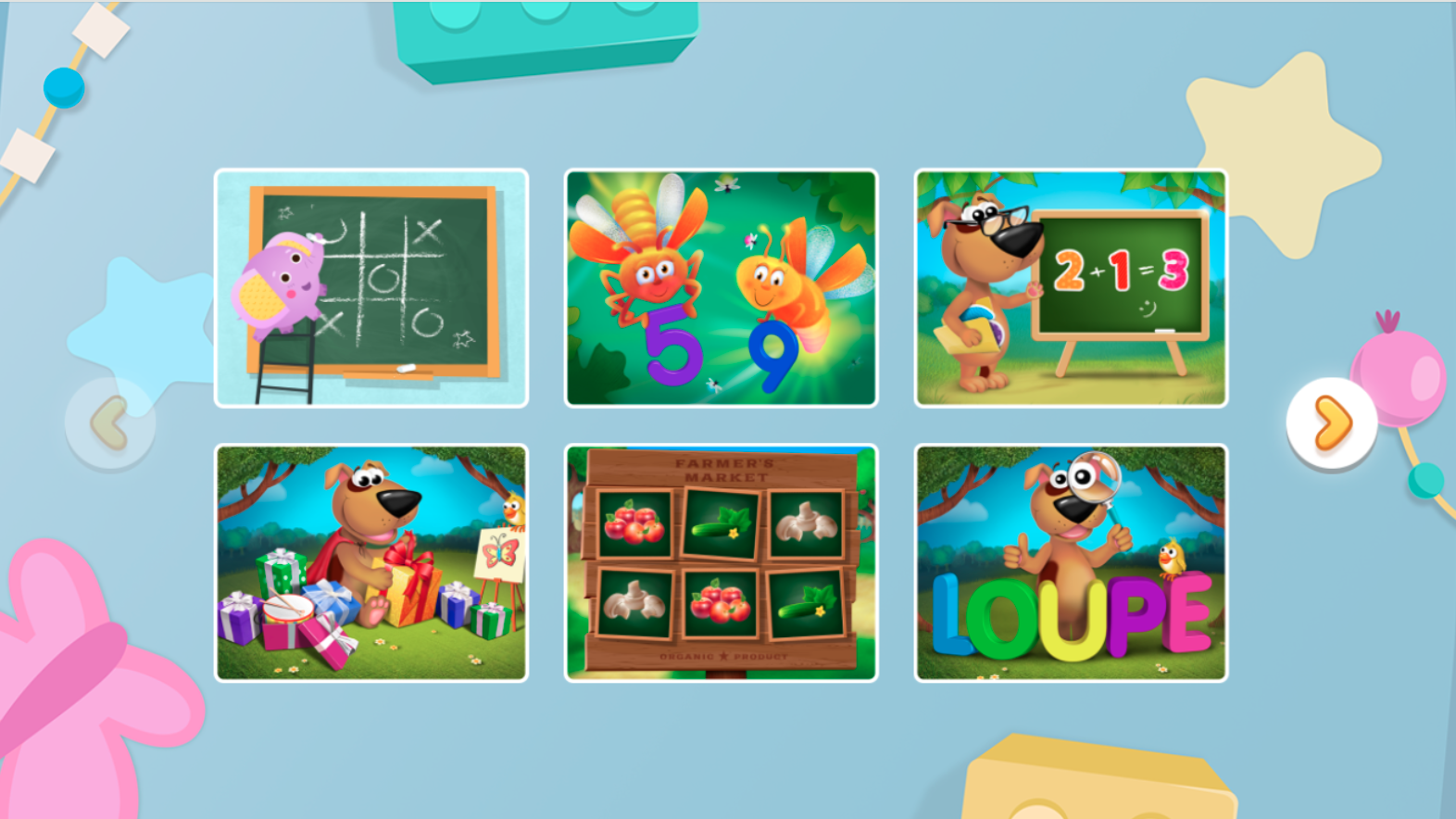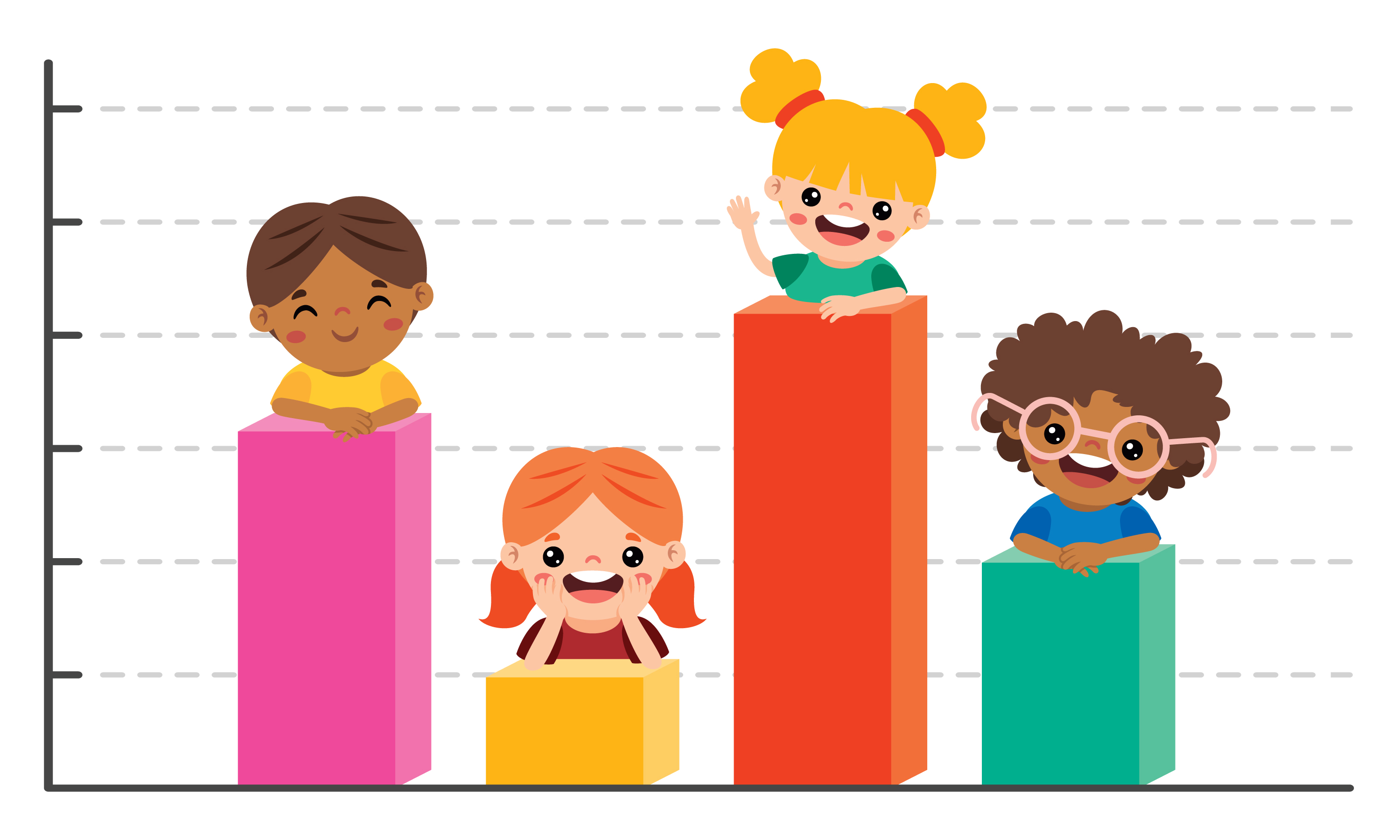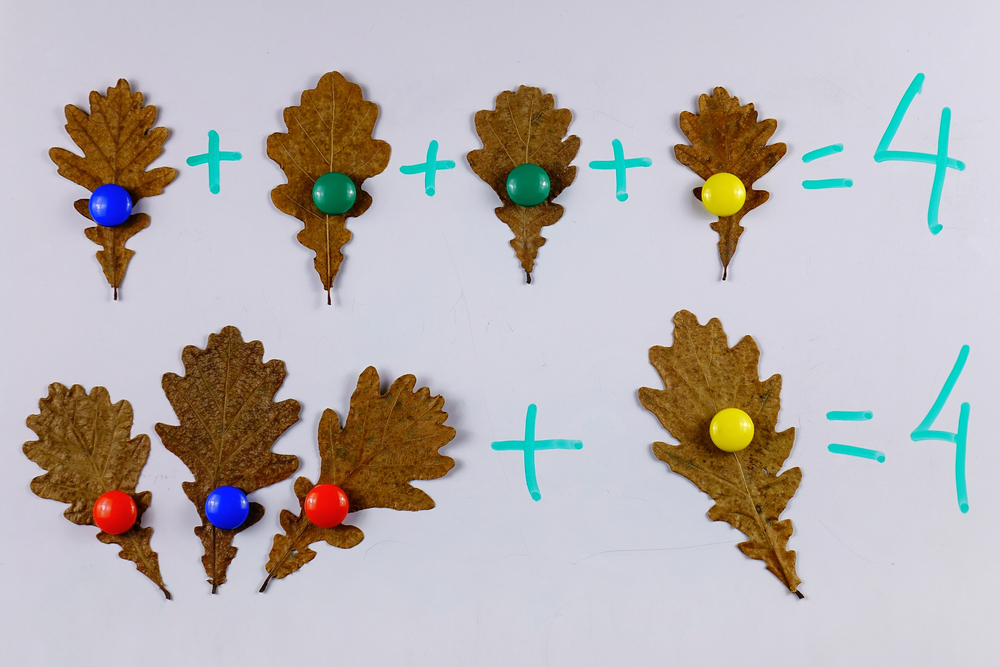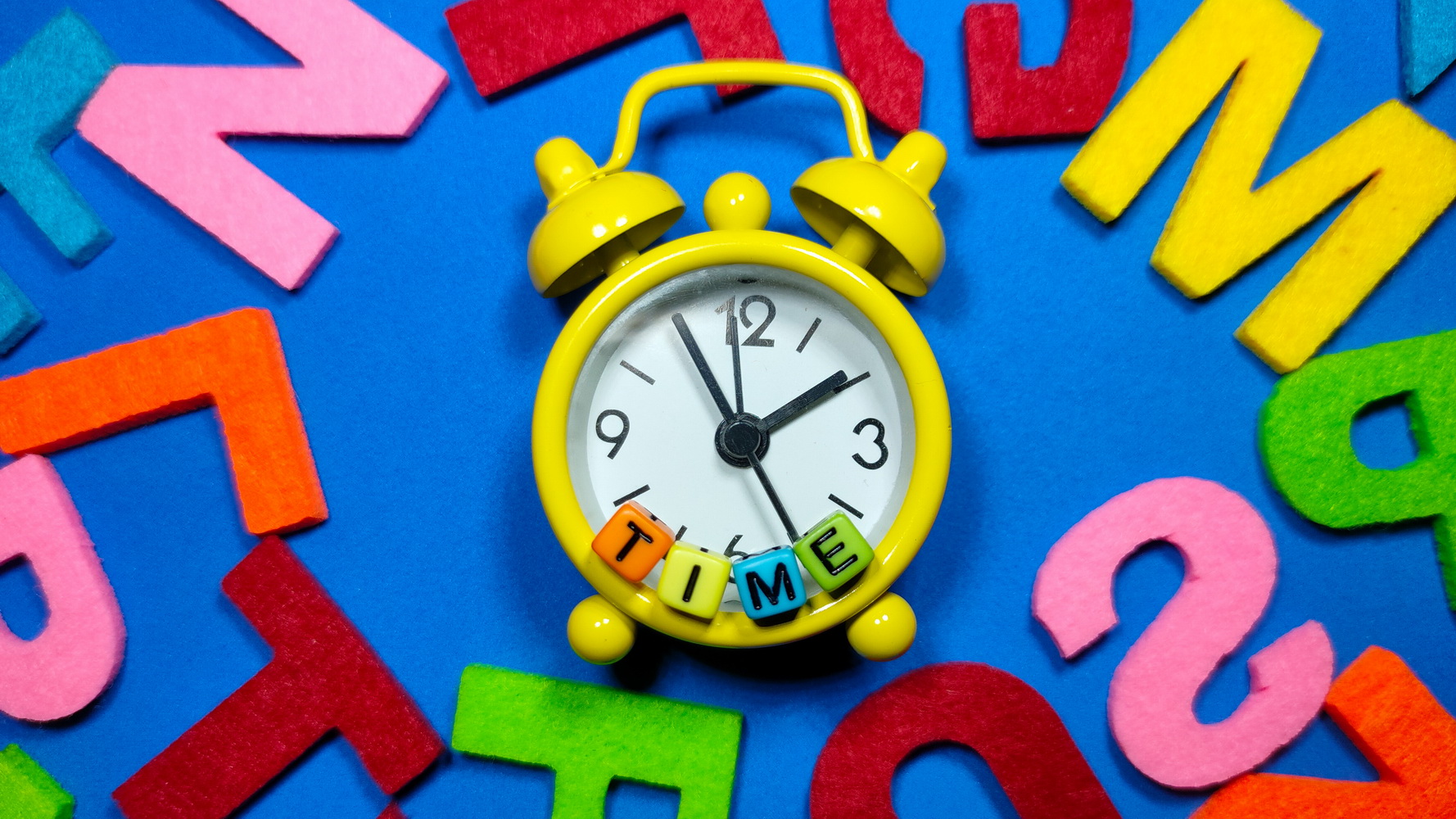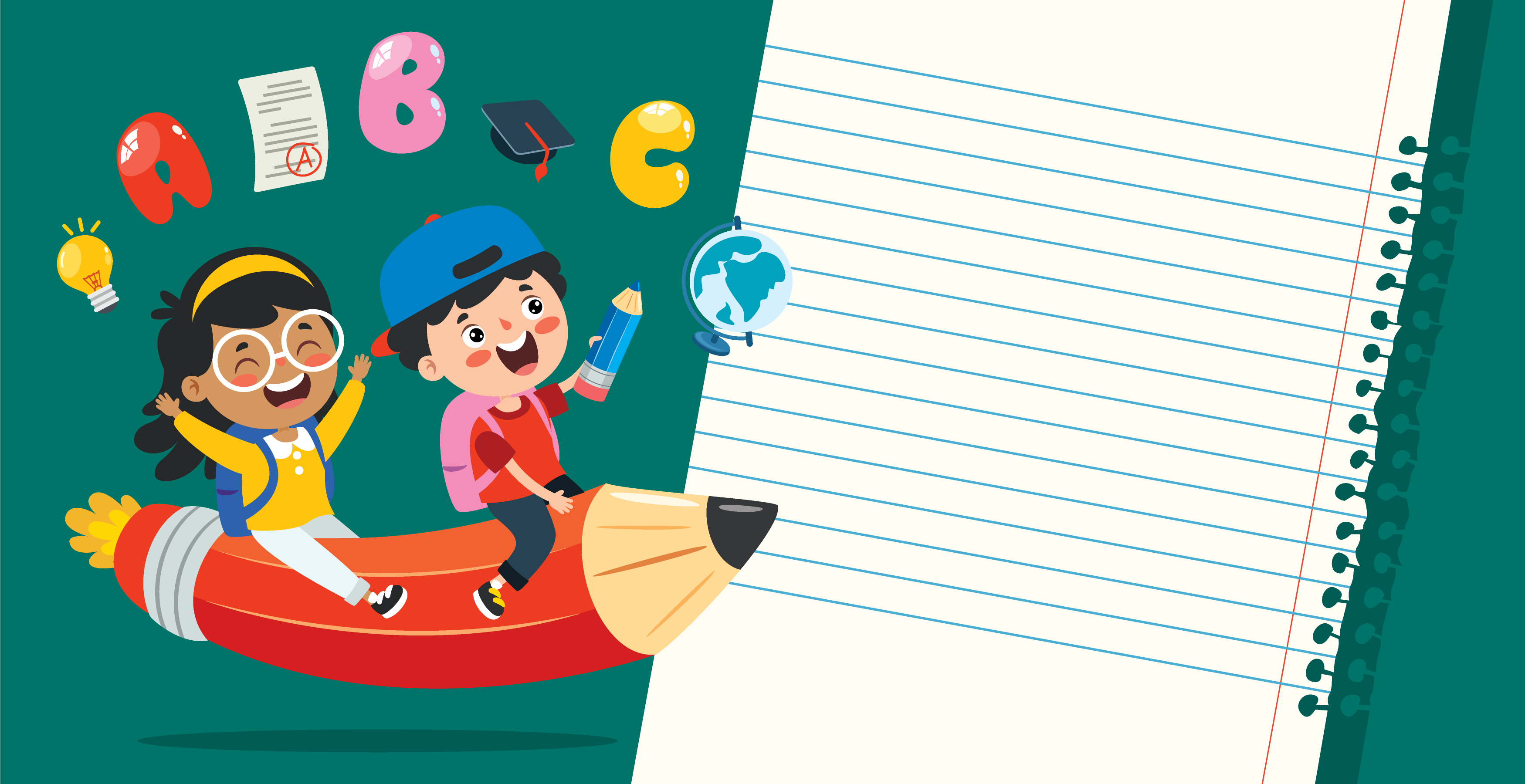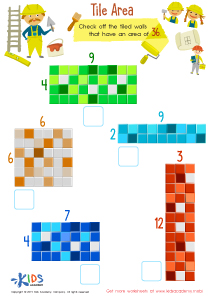Reading comprehension Normal Matching Worksheets for Ages 3-8
7 filtered results
-
From - To
Unlock your child's potential with our Reading Comprehension Normal Matching Worksheets designed for ages 3-8. Our engaging and interactive worksheets are crafted to boost young learners' matching skills while enhancing their understanding of reading comprehension. Each worksheet features age-appropriate content that combines fun illustrations with simple sentences to help children develop essential literacy skills. Perfect for classroom and homeschool settings, these resources support the foundational skills needed for future academic success. Foster a love of reading and critical thinking with our expertly designed worksheets that make learning an enjoyable journey. Download now and watch them thrive!


Matching: Classifying Toys by Size Worksheet


What's the Weather Like? Worksheet
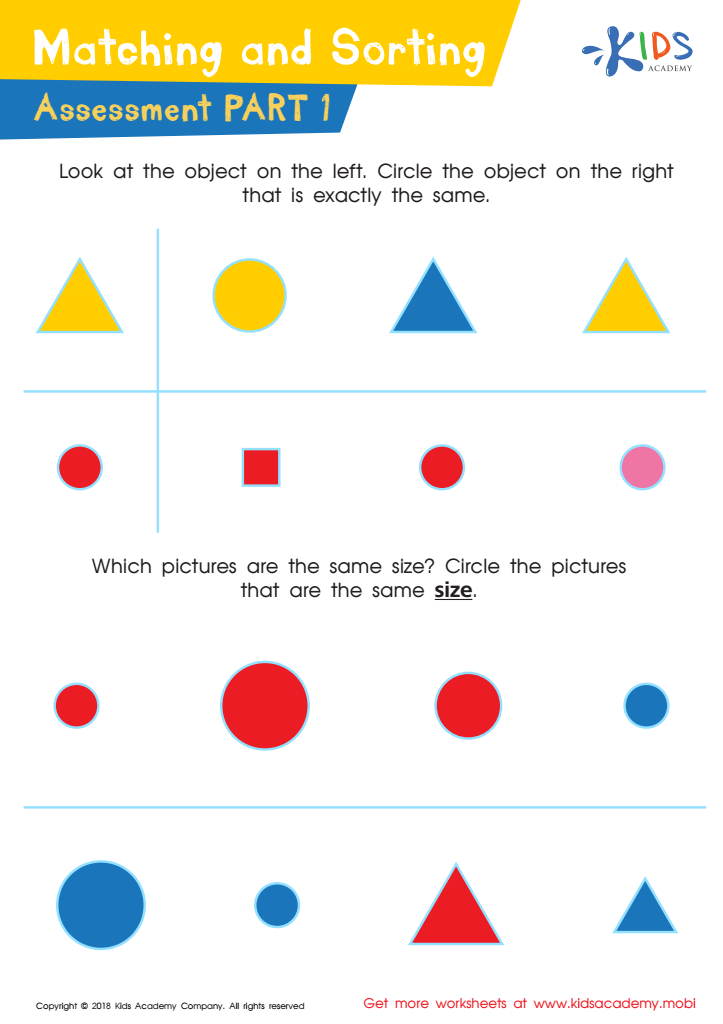

Matching and Sorting for Kindergarten: Assessment 1 Worksheet
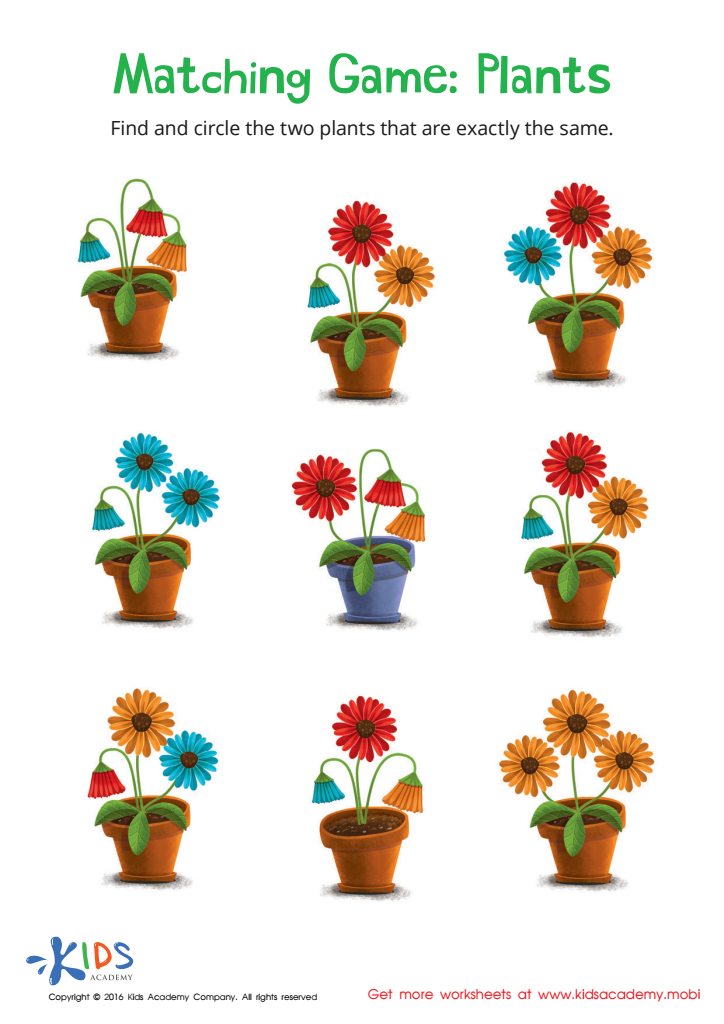

Matching: Plants Worksheet
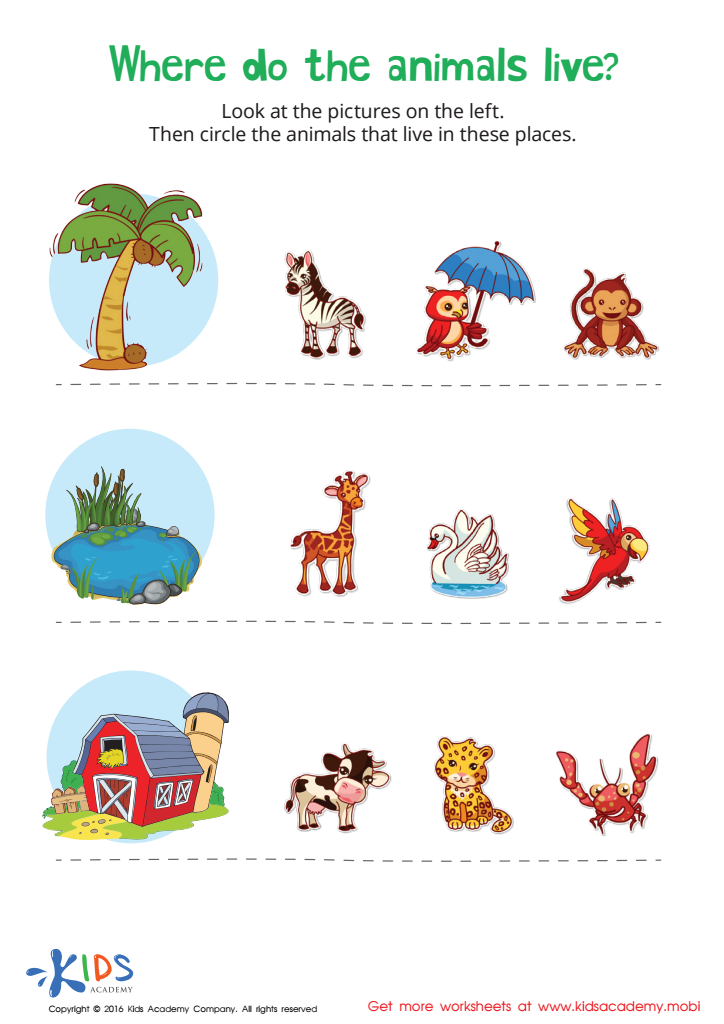

Where Animals Live Worksheet


Helpful Health Worksheet
Parents and teachers should prioritize reading comprehension for children aged 3-8 because the foundational skills established during these years play a critical role in their future learning and development. Reading comprehension involves not just recognizing words but also understanding and making meaning from text. By engaging in normal matching activities, where children connect pictures, words, and sentences that belong together, they develop crucial cognitive and linguistic abilities.
Strong reading comprehension skills enhance vocabulary, grammar, and the ability to process information, all essential for academic success. When children understand what they read, they become more confident learners, better able to grasp new concepts, follow instructions, and solve problems. These skills facilitate smoother transitions between different subjects and grade levels.
Moreover, early reading comprehension encourages a love for reading. Children who enjoy reading are more likely to explore books voluntarily, continuing to build their knowledge and curiosity. Understanding stories also enhances empathy and social skills, as children learn to see from different perspectives and connect with characters' emotions and experiences.
In summary, focusing on reading comprehension for young children lays the groundwork for life-long learning, academic achievement, and emotional intelligence. Engaging in activities that foster these skills ensures they become capable and enthusiastic readers, ready to succeed in various aspects of their education and beyond.
 Assign to My Students
Assign to My Students
